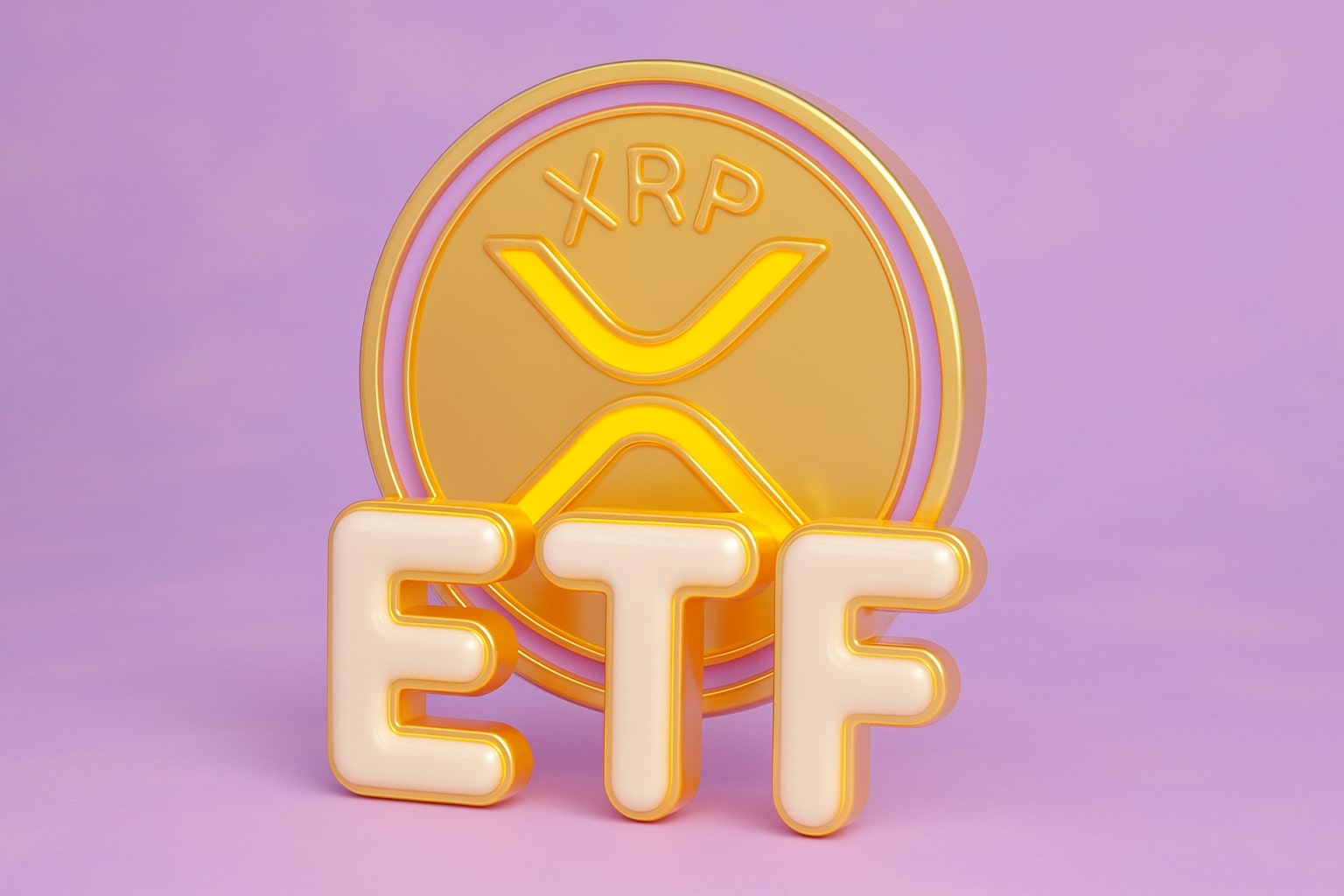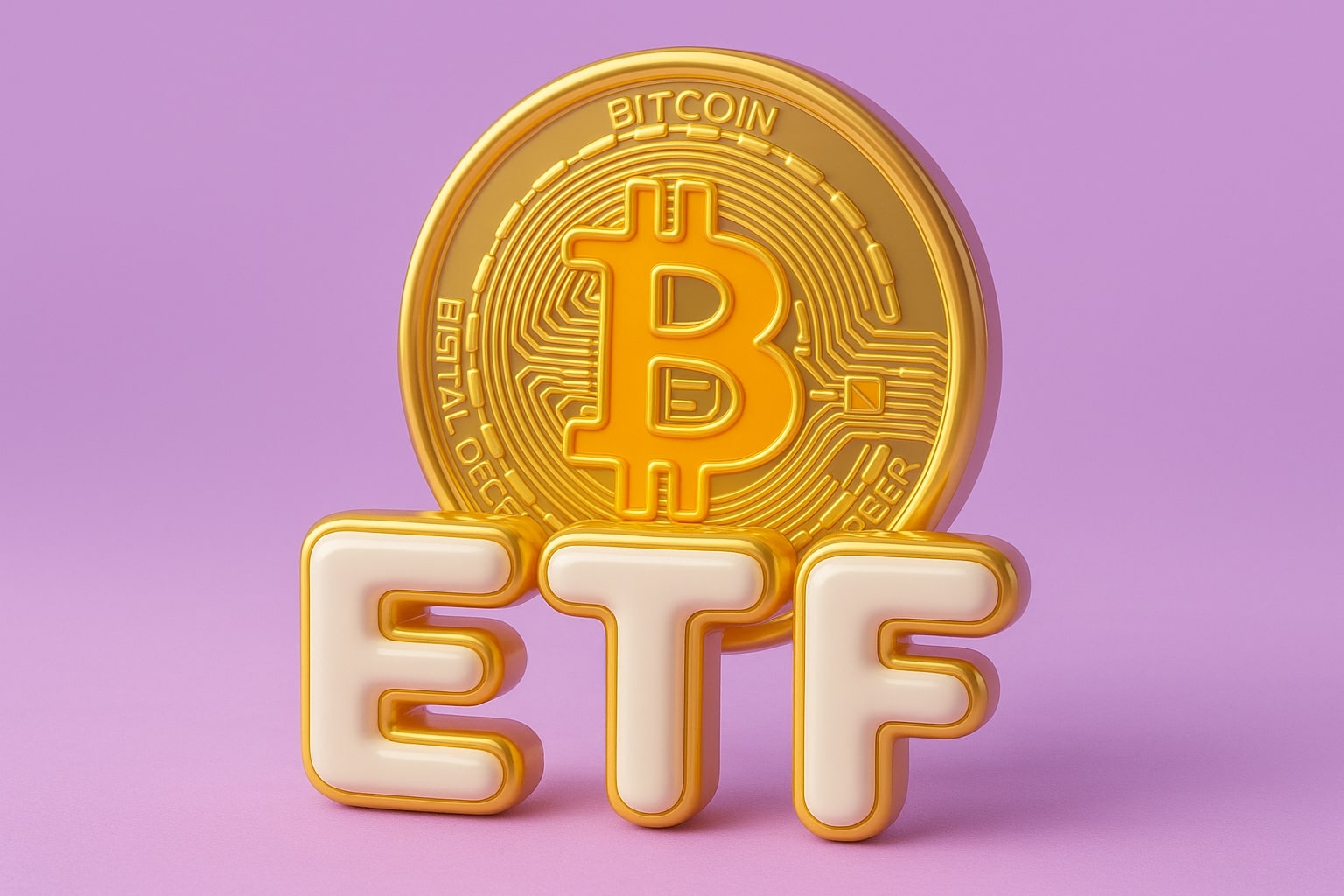
Solana Price Forecast - SOL-USD at $209 Battles Key Levels as Holders Clash and Wyckoff Setup Signals Breakout Potential
SOL-USD steadies near $209 after a volatile week, with support at $206 and resistance at $214–$221. Analysts flag $250 as the next critical threshold, while accumulation patterns hint at a long-term target of $500 | That's TradingNEWS
Solana Price Forecast - SOLUSD Price Stabilizes After Sharp Volatility
Solana (SOL-USD) is trading around $209.99, advancing +5.7% on the day and +2.3% on the week, while 24-hour turnover surged above $11 billion. The token remains just under immediate resistance at $214, with critical support at $206. A failure to hold this line could drag the price toward $200 or even $190, but a successful reclaim of $218–$221 would open a runway toward $232–$250.
Long-Term vs. Short-Term Holders Shape Market Tone
On-chain indicators reveal a deep split between investor groups. Liveliness metrics show dormant coins re-entering circulation, a sign that long-term holders are taking profits after months of gains. This selling has capped upside momentum, but HODL Waves data points to a counterbalance: short-term holders, particularly the 1–3 month cohort, now control 14.4% of supply, the highest level in five months. Their decision to accumulate rather than sell into rallies has stabilized SOL’s uptrend despite pressure from experienced investors trimming exposure.
Wyckoff Structure and Technical Patterns
Market analysts are closely tracking Solana’s Wyckoff accumulation phase. According to analyst ZYN, the asset is transitioning from Phase D into Phase E, the stage that often precedes breakout rallies. Historical Wyckoff setups suggest a shakeout before an expansion phase, with cycle targets as high as $500. In the near term, the $177–$180 support zone remains the “make-or-break” level. A sustained close above $218–$221 would confirm bullish intent and re-ignite momentum toward $240–$250 in Q4.
Institutional Flows, ETF Speculation, and Macro Backdrop
Recent price action has also been shaped by macro drivers and ETF narratives. While speculation over prospective Solana ETFs has circulated, analysts such as Lark Davis note these products are unlikely to materially affect pricing in the short term. Instead, attention is on Federal Reserve policy: expectations of rate cuts into 2026 have lifted risk assets broadly, adding liquidity tailwinds to altcoins like Solana. Institutional activity has quietly increased, with treasury allocations and staking commitments keeping more than 70% of supply locked, tightening the tradable float and amplifying volatility around demand shocks.
Read More
-
GPIX ETF At $52.52: 8% Yield And Dynamic S&P 500 Income Upside
13.12.2025 · TradingNEWS ArchiveStocks
-
XRP ETFs Surge Toward $1B As XRPI Hits $11.64 And XRPR $16.48 With XRP Near $2
13.12.2025 · TradingNEWS ArchiveCrypto
-
Natural Gas Price Forecast: NG=F Hovers Near $4.07 Support After 22% Weekly Slide
13.12.2025 · TradingNEWS ArchiveCommodities
-
USD/JPY Price Forecast - Dollar to Yen at 154–158 Range as BoJ 0.75% Hike and Fed Cut Debate
13.12.2025 · TradingNEWS ArchiveForex
Competition from Ecosystem Tokens and Meme Projects
While Solana remains a core Layer-1 contender, competition within its own ecosystem is influencing flows. Meme-driven projects like Snorter, a Telegram-based Solana bot coin, have already raised over $4 million in presales. These microcaps often siphon speculative capital during volatile stretches, temporarily reducing direct inflows into SOL. However, their activity also reinforces Solana’s network effect, as fees, execution volume, and DeFi usage ultimately circle back to SOL demand.
Macro Risks and Near-Term Pressure Points
Key risks remain visible. Should long-term holder selling accelerate, SOL risks breaking below $206 support, which would invalidate bullish structures and shift focus to $190–$195. At the same time, failure to deliver fresh technological upgrades or ecosystem launches could stall momentum, especially as Ethereum prepares for scalability enhancements and alternative Layer-1 chains like Aptos and Sui expand liquidity incentives.

















